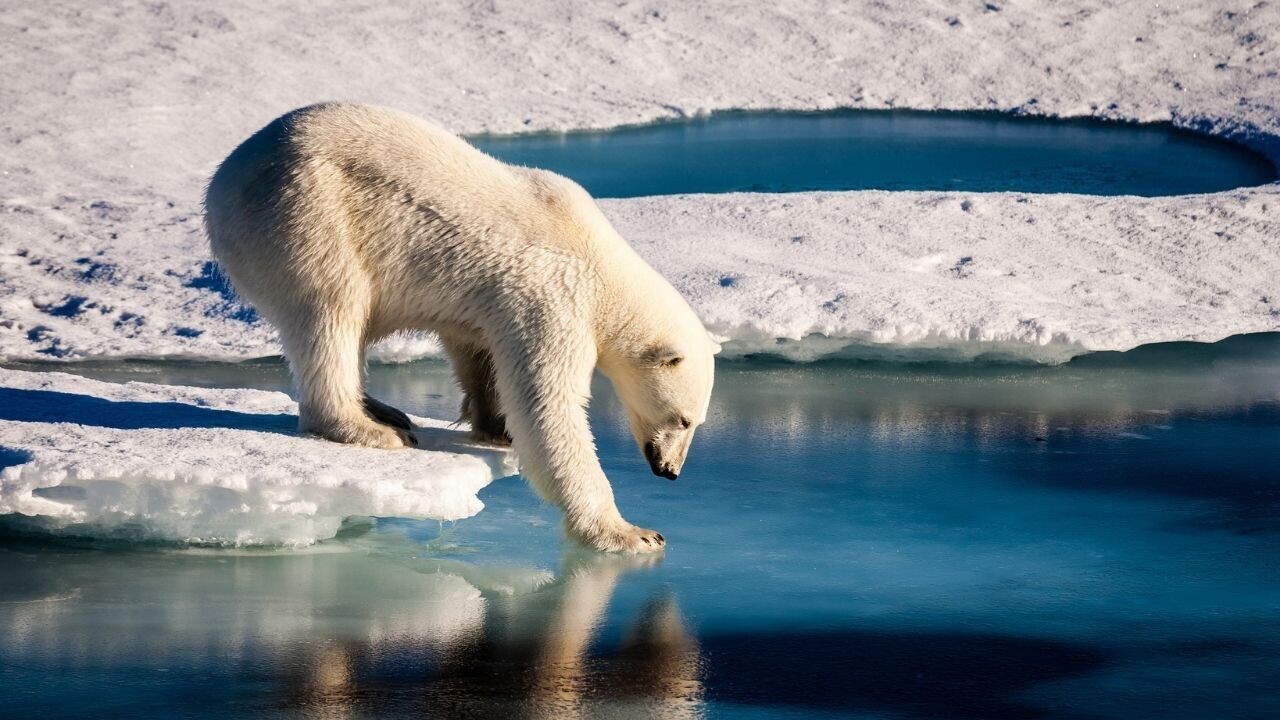
Did you know Neural is taking the stage this fall? Together with an amazing line-up of experts, we will explore the future of AI during TNW Conference 2021. Secure your online ticket now!
Scientists have built an AI tool that forecasts Arctic sea ice conditions, which could help protect local wildlife and people from changes caused by global warming.
The deep learning system, named IceNet, was developed by a research team led by British Antarctic Survey (BAS) and The Alan Turing Institute.
The model was trained on climate simulations and observational data to forecast the next six months of sea ice concentration maps.
In tests, the system was almost 95% accurate in predicting whether sea ice will be present two months ahead.
Study lead author Tom Andersson said IceNet outperforms the leading physics-based models — and runs thousands of times faster:
IceNet could run on a laptop, while previous physics-based methods would have to run for hours on a supercomputer to produce the same forecasts.
AI takes on global warming
The Arctic has warmed at around two to three times the rate of the global average. As a result, the size of sea ice in the summer is half of what it was just 40 years ago.
The decline is having a huge impact on local people and wildlife. IceNet could help them adapt to future changes by providing early warnings about the timing and locations of sea ice loss. Per the study paper:
One example use case is with ‘mega haul-outs’ of Pacific walrus, occurring when tens of thousands of walrus are forced to congregate on land due to a lack of sea ice to rest on. Human disturbances can cause stampedes at haul-out sites and lead to high walrus mortality. Information from IceNet’s forecasts, combined with known haul-out locations, could anticipate these events and help to prevent stampedes by managing human access.
The researchers are now investigating whether adding ice thickness to IceNet’s inputs improves its accuracy. They will also implement an online version of the tool that operates on a daily temporal resolution, which could enhance performance at short lead times.
The system will not prevent global warming, but it could at least mitigate some of the damage.
Greetings Humanoids! Did you know we have a newsletter all about AI? You can subscribe to it right here.
Get the TNW newsletter
Get the most important tech news in your inbox each week.




